Stream, SpeechNotes, and ExpressScribe
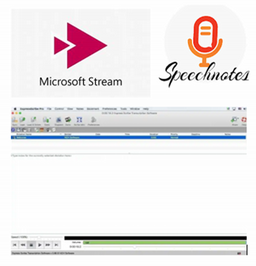
In this blog post, we further review the features of Stream, SpeechNotes and ExpressScribe, which we chose for further testing. (Refer to previous blog post for details on the other 27 options and our process for this decision.)
We chose three different technologically-aided transcription methods: Stream, SpeechNotes, and ExpressScribe. We further explain these below.
Stream
Stream is part of the Microsoft Suite, and many universities have access to this software. To use Stream, you first upload the video file to the portal. (So, if you’re working with audio, you first need to convert that to a video file.) Then, you select either English or Spanish. You can’t select both, so you will need to revise code-switches, borrowings, etc. But it gives you a starting point. Then, you wait for it to generate the transcript, which depends on how long the file is.
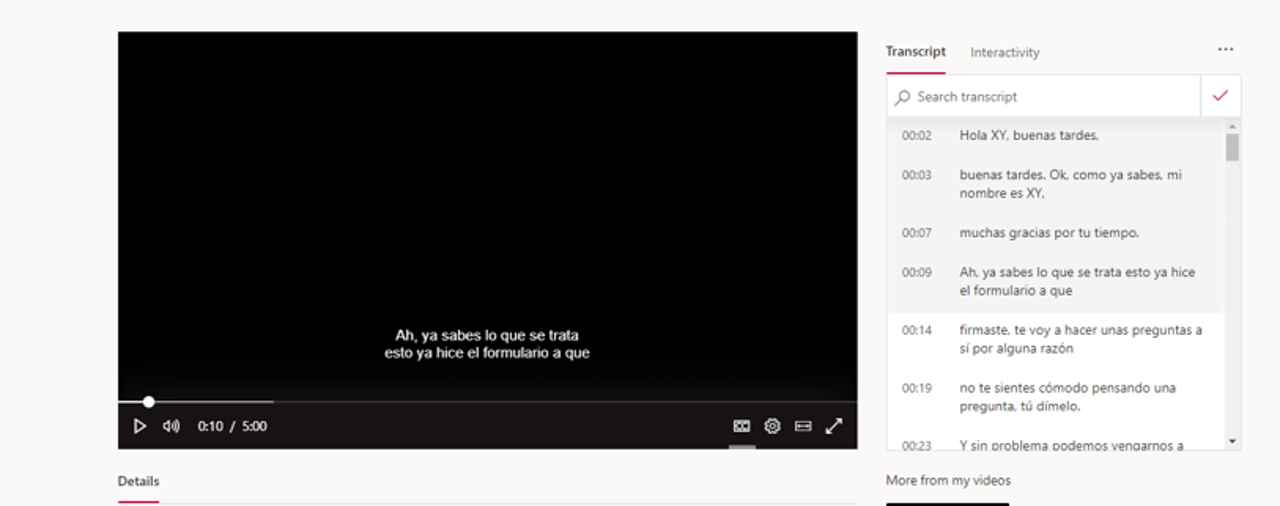
Stream has an editor on the website (see above, right), or you can also download the transcript file and revise it in the text editor. The transcript that Stream generates has extra notes and strange lines (see below). For this, we worked with Mr. Bart Rossman in IT at the University of Arizona, who helped us develop scripts to delete the extraneous lines using a script in Atom.
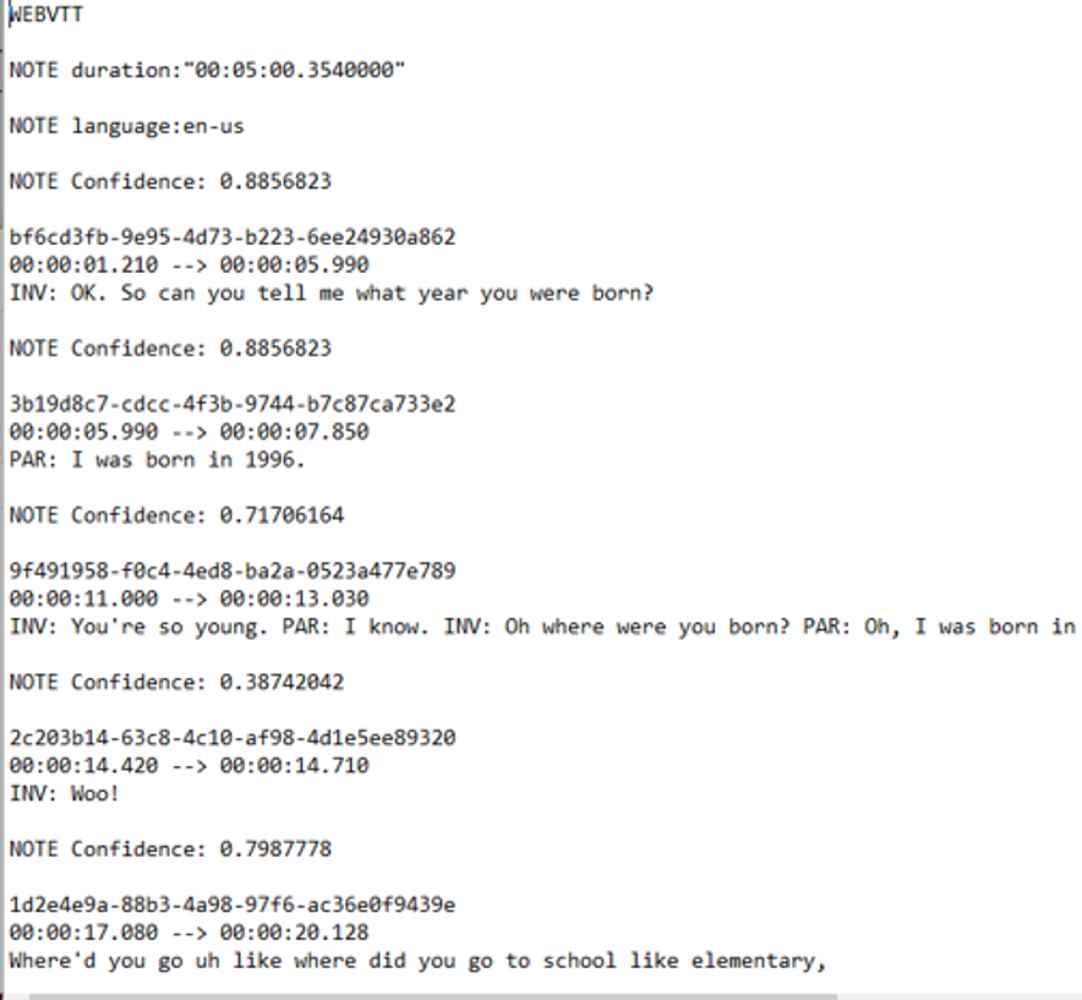
SpeechNotes
SpeechNotes is dictation software, and there is an app and website version, and it is created by Google. You select the language, and you can toggle back and forth between them as you are transcribing. As it's a dictation software, it's meant to pick up voice, but some have had success in playing audio over speakers and having it type. Some in our team needed to listen and repeat the transcript (or re-voice), but others were able to play the audio over speakers while the machine typed. However, it was necessary to stop the audio at times to allow it to buffer.
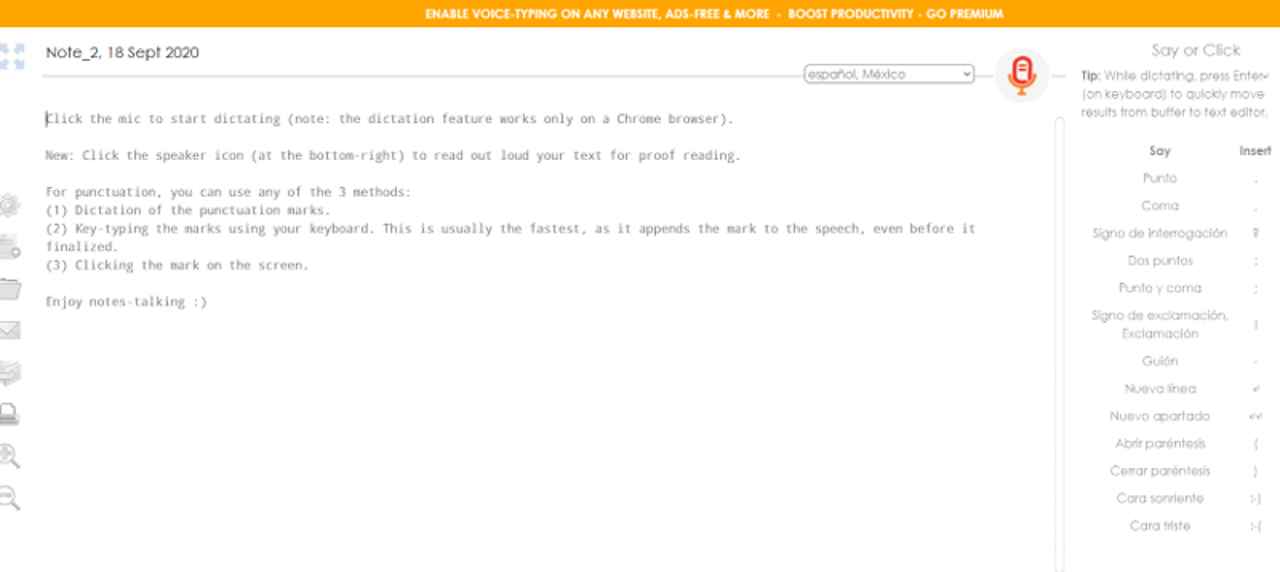
ExpressScribe
ExpressScribe is a manual transcription method which can help to set hot keys or foot pedals to speed or slow the audio, insert timestamps with a certain key, create a loop etc. You can also adjust the speed of the audio. However, the researcher/transcriber will need to listen and type the transcription. Researchers in linguistics have been using these types of programs for quite a while now.
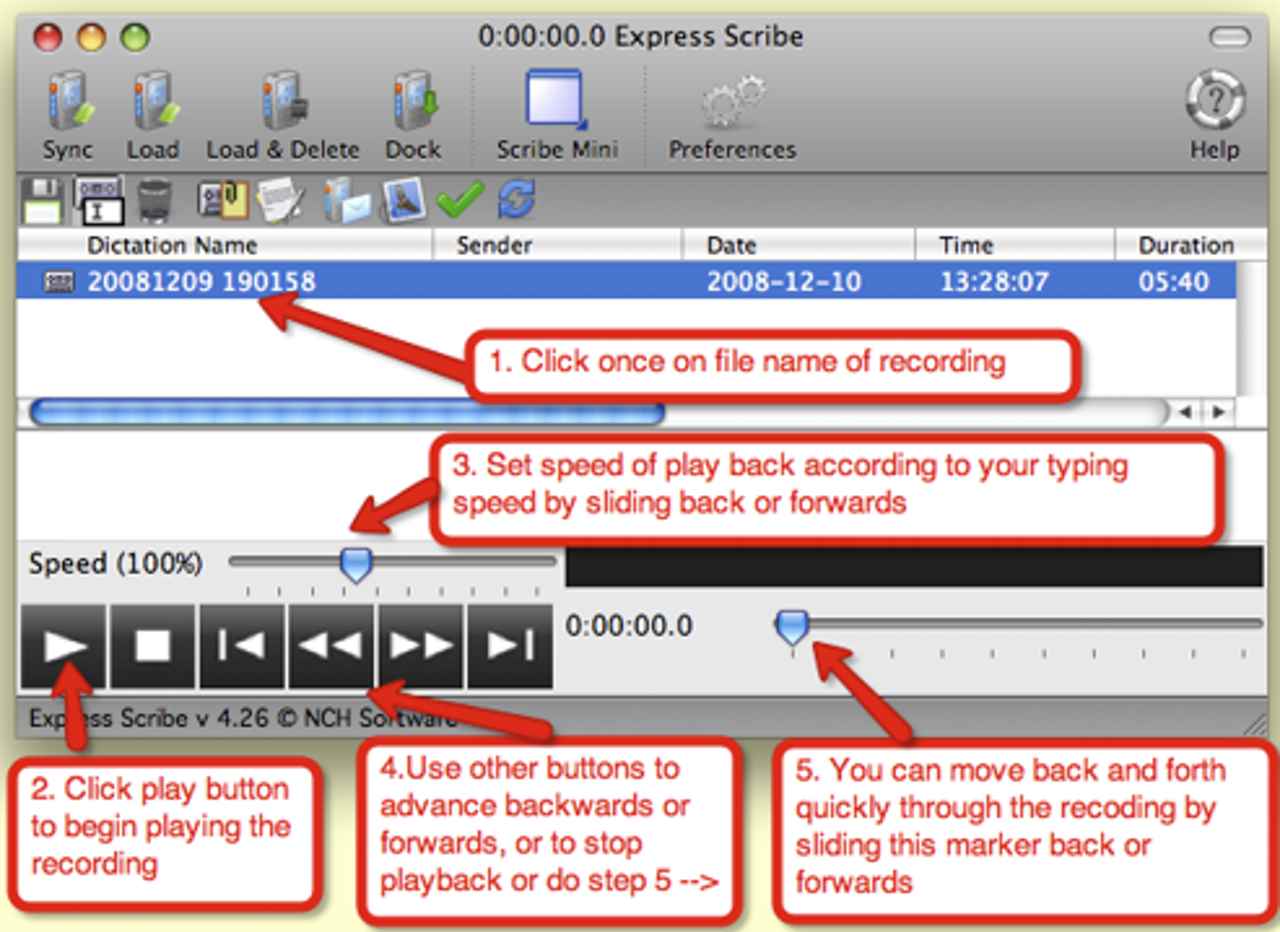
In future blog posts, we will describe our 3 week series of testing transcription methods with six research assistants from the University of Texas Rio Grande Valley and the University of Arizona.